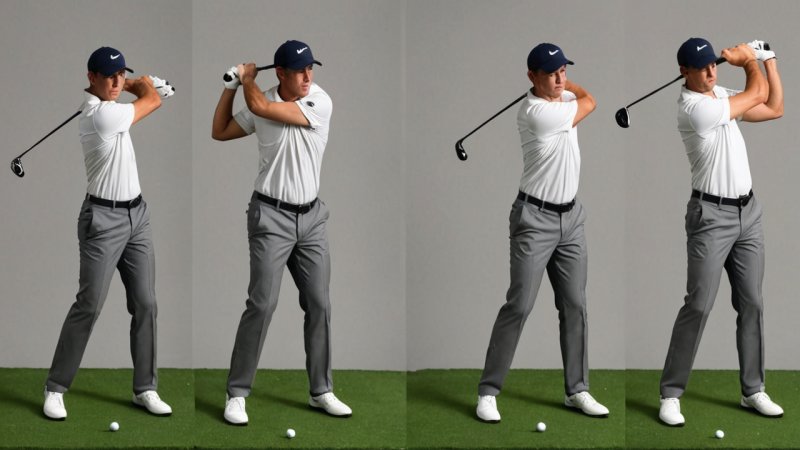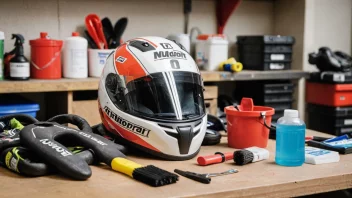Golf is a game that combines physical skill and mental acuity, with swing mechanics playing a crucial role in determining performance. Understanding the science behind your swing can help improve your game while ensuring safety and efficiency. Here, we answer some frequently asked questions about golf swing mechanics.
What are the basic components of a golf swing?
The golf swing can be broken down into several key components: grip, stance, posture, backswing, downswing, and follow-through. Each of these elements contributes to the overall effectiveness of the swing and impacts accuracy and distance.
How does grip affect my swing?
Your grip is your only contact with the club, making it one of the most important aspects of your swing. A proper grip helps maintain control and can influence the direction of your shot. The two primary grip types are the overlapping grip and the interlocking grip. Experiment with both to find which feels more comfortable and effective for you.
What role does posture play in swing mechanics?
Good posture sets the stage for a solid swing. Proper posture involves bending slightly at the hips, keeping your back straight, and ensuring your knees have a slight flex. This alignment helps maintain balance throughout the swing and can prevent injuries.
How can I improve my backswing?
The backswing is crucial as it sets up your downswing. Focus on a smooth, controlled motion while turning your shoulders and hips away from the ball. Keep your lead arm straight and your wrists hinged correctly to store energy for the downswing. Practice this motion slowly to build muscle memory.
What is the importance of the downswing?
The downswing is where you unleash the energy built up during the backswing. Begin the downswing by shifting your weight to your front foot while rotating your hips toward the target. This motion generates power and helps ensure proper contact with the ball.
How can I ensure a proper follow-through?
A complete follow-through is essential for a successful swing. After hitting the ball, allow your body to continue its motion naturally. Your arms should extend fully, and your weight should shift to your front foot. A proper follow-through can enhance shot accuracy and distance.
What are common mistakes in golf swing mechanics?
- Improper grip pressure: Holding the club too tightly can restrict your swing.
- Too much upper body movement: Excessive upper body motion can throw off your balance.
- Inconsistent stance: A variable stance can lead to inconsistent shots.
- Rushing the swing: Taking your time can lead to better mechanics and contact.
How can technology help improve my swing?
Modern technology offers various tools to analyze and improve your swing mechanics. Launch monitors, swing analyzers, and video analysis can provide insights into your swing path, club speed, and impact position. Utilizing these tools can help you make data-driven adjustments to enhance your performance.
Are there any safety concerns when practicing my swing?
Yes, safety is crucial when practicing your golf swing. Always ensure you have ample space and that no one is in your vicinity while swinging. Additionally, using appropriate gloves and footwear can prevent injuries and improve grip.
How often should I practice my swing mechanics?
Consistency is key in improving your golf swing. Aim to practice regularly, focusing on different components of the swing during each session. Short, focused practice sessions can be more beneficial than longer, unfocused ones.
Remember, improving your golf swing takes time and patience. By understanding the mechanics and regularly practicing, you can significantly enhance your performance on the course while ensuring safety.






